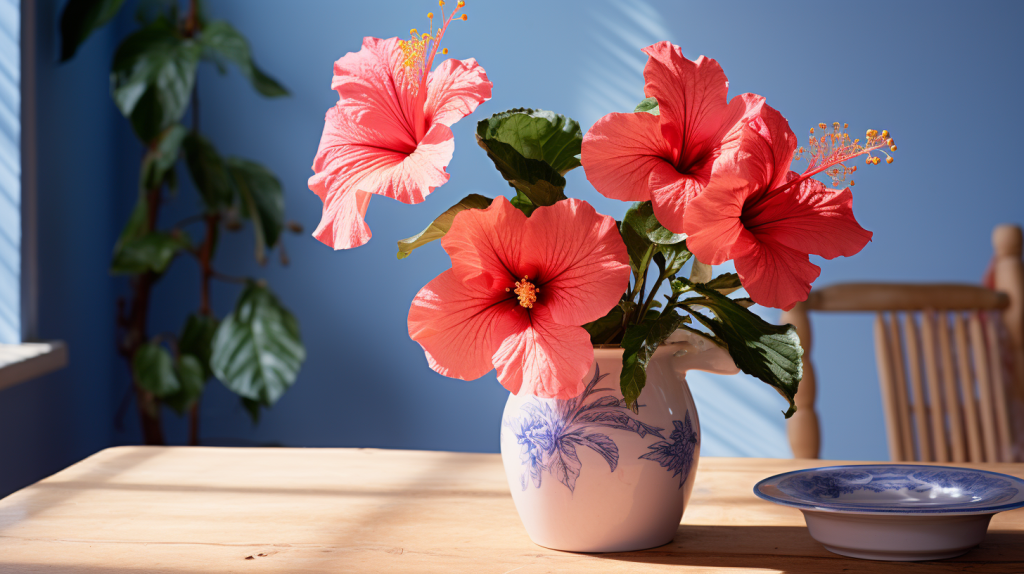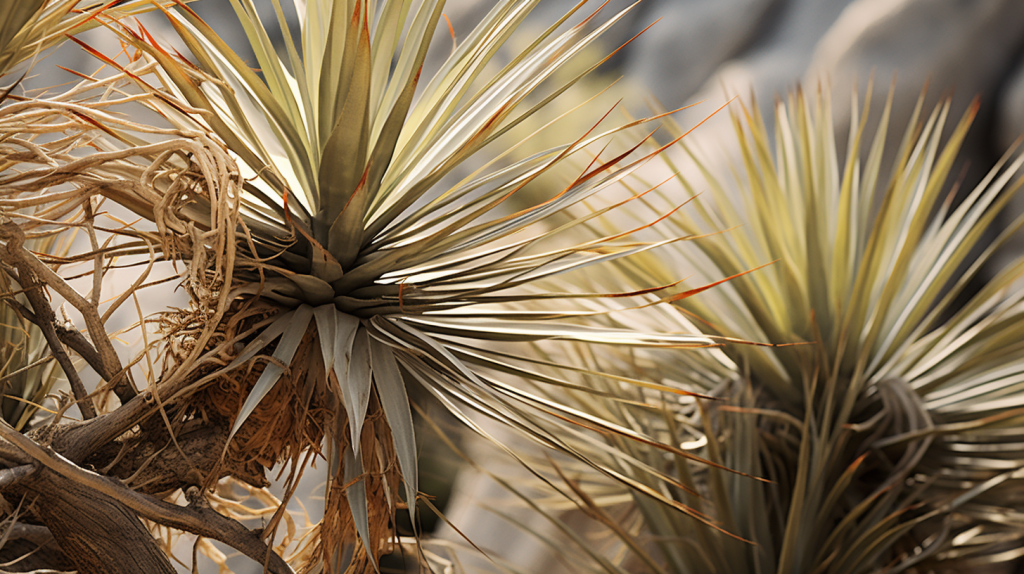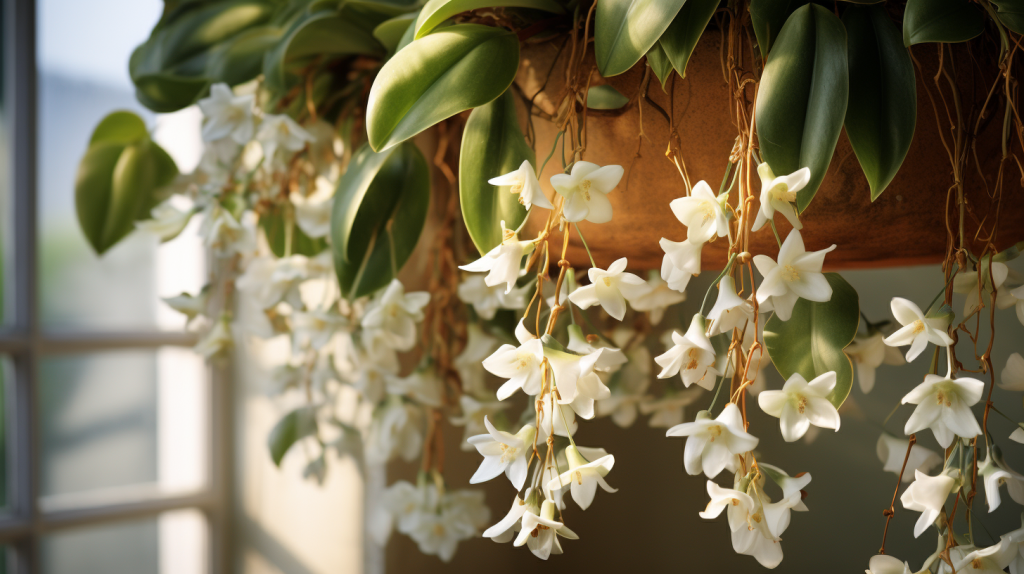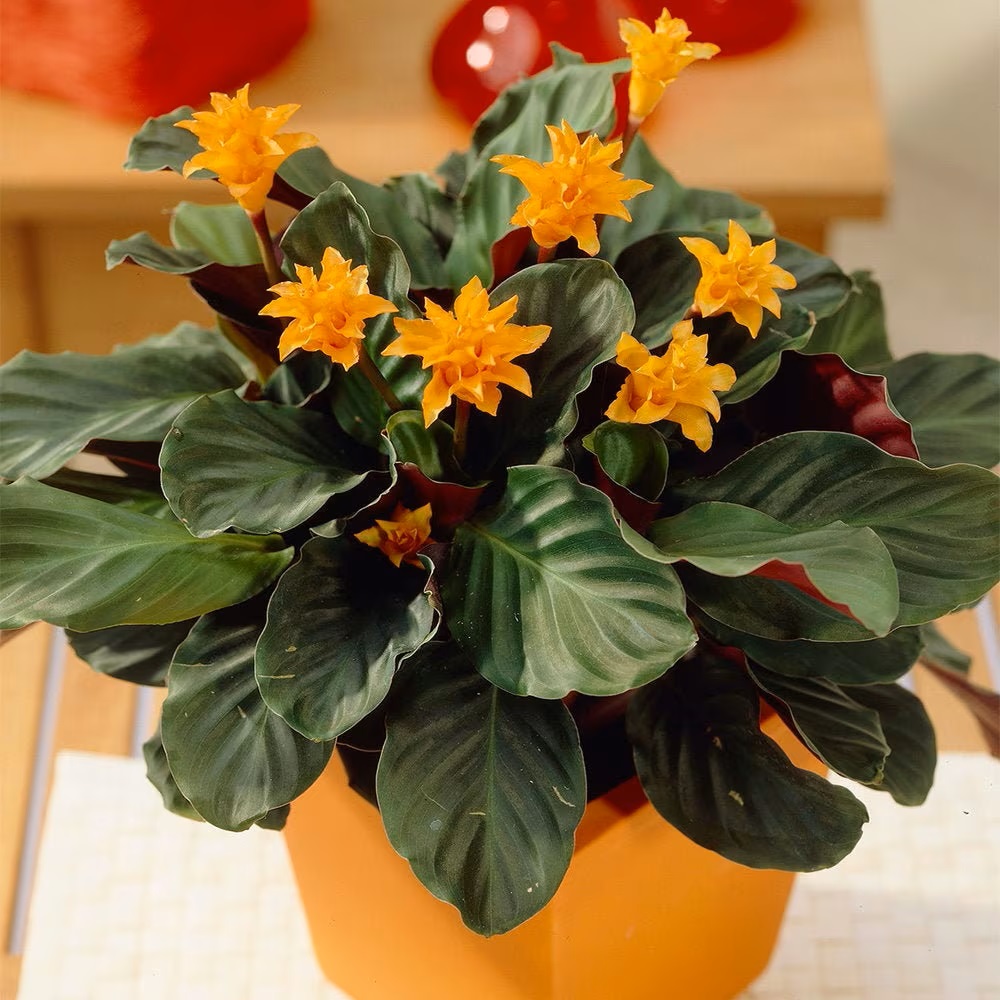In the verdant world of flora, the Rose of China stands out with its radiant hues and robust disposition. Often heralded as a symbol of both beauty and resilience, this plant, also known as Hibiscus rosa-sinensis, is truly a marvel of nature.
Rose of China Description
The Rose of China, not to be confused with the roses you might find in an English garden, is a species of tropical hibiscus. Native to East Asia, it is famed for its large, trumpet-shaped flowers that come in a plethora of colors from vibrant yellows to deep reds. Its glossy green leaves provide a lush backdrop to the stunning blooms, making it a showstopper in any landscape or indoor setting.
Facts About Rose of China
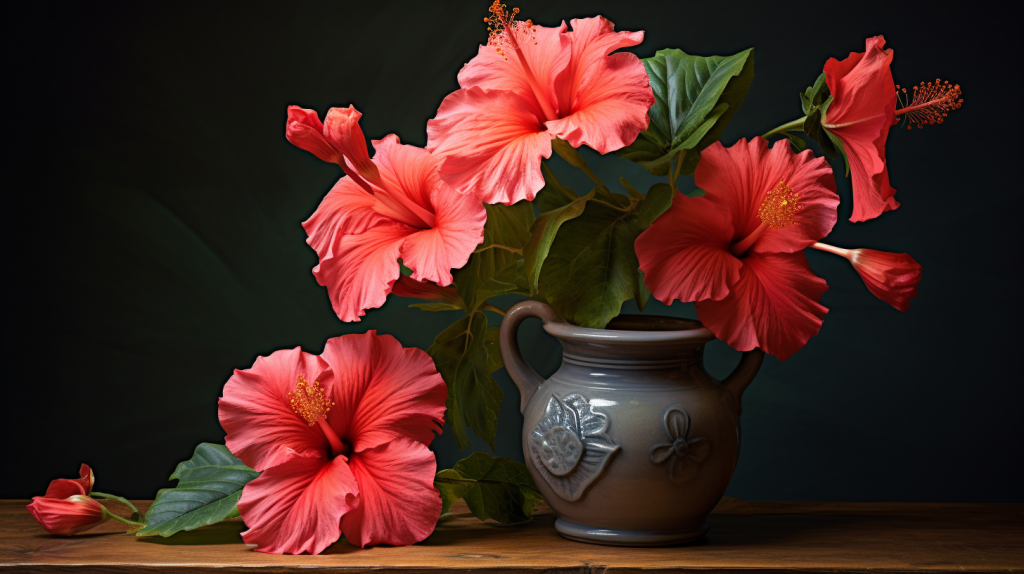
Did you know that the Rose of China is not only a visual spectacle but also rich in cultural and medicinal significance? In China, it is traditionally associated with wealth and fame, and in the Pacific Islands, its flowers are often worn by women as a symbol of their relationship status. Beyond its symbolic relevance, the plant has been used in traditional medicine for ailments ranging from hair loss to high blood pressure.
Care for Rose of China
Care for the Rose of China is a rewarding endeavor. While it demands attention and care, the efflorescence it offers in return is truly worth the effort. Key aspects of its care include ensuring it receives enough light but not too much direct sunlight, watering it adequately but not excessively, and providing it with well-draining soil and a balanced fertilizer to support its vibrant growth.
How to Grow Rose of China
Growing the Rose of China can be a thrilling journey. While it can be propagated by seeds, cuttings are often the preferred method. Once the cutting has been planted in a mix of potting soil and sand, it needs to be kept consistently moist and in a location with bright, indirect light. With time, patience, and the right care, the cutting will develop roots and new growth, gradually maturing into a spectacular blooming plant.
Problems that May Occur with Rose of China
Even though the Rose of China is generally robust, it can be susceptible to certain problems. Pests such as aphids and spider mites might be attracted to its succulent leaves, and diseases like leaf spot and root rot could pose challenges. However, most of these issues can be managed with timely identification and appropriate treatment.
Is the Rose of China Poisonous?
The Rose of China is generally considered non-toxic to humans but can be mildly toxic to pets, causing gastrointestinal upset if ingested. Therefore, it’s important to keep this plant out of reach if you have curious pets at home.
Is The Rose of China Indoor Or Outdoor?
While the Rose of China thrives outdoors in its native tropical environment, it makes an equally splendid indoor plant, provided it’s given ample light and humidity. Its bright blooms can add a tropical touch to any indoor space, making every day feel like a warm summer day.
How Much Light Does A Rose of China Need?
The Rose of China thrives in bright, indirect light. While it can tolerate some amount of direct sunlight, too much can lead to leaf scorch. Therefore, a location near a bright window where it will receive filtered sunlight is ideal for this plant.
Is Rose of China Fast Growing?
The Rose of China is a moderately fast-growing plant. With optimal care conditions, it can put out robust growth during the growing season, adding to its size and splendor with each passing year.
Final Thoughts on Rose of China
From the first mention to our final words, the Rose of China embodies a botanical wonder with its arresting beauty and resilient nature. Whether you choose to grow it indoors or outdoors, it promises to be a vibrant addition to your collection, cheering up your space with its tropical allure.
FAQs
Q1. How often should I water my Rose of China?
Regular watering is essential for the Rose of China, but it’s important not to waterlog it. Wait until the top inch of the soil is dry before watering again.
Q2. Can the Rose of China survive the winter?
In colder climates, the Rose of China should be brought indoors during winter as it’s not frost tolerant.
Q3. When does the Rose of China bloom?
The Rose of China typically blooms from spring to fall, with each flower lasting for about a day.
Q4. How often should I fertilize my Rose of China?
During the growing season, fertilizing every two weeks with a balanced fertilizer can support healthy growth and abundant blooming.
Q5. Can I prune my Rose of China?
Yes, pruning in early spring can help maintain the shape of the plant and promote blooming.
References
1. Rose of China – Missouri Botanical Garden
2. Caring for Hibiscus Plants – Gardening Know How
3. Rose of China – North Carolina Extension Gardener Plant Toolbox

